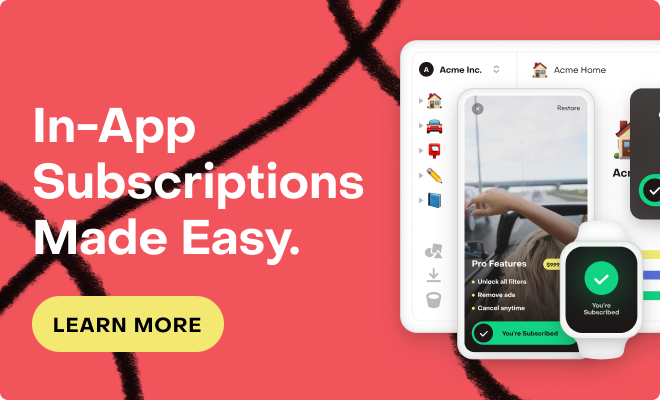Hello!
So I'm making an alarm app and since the users are anonymous I'm facing an issue with cancelling and refunds.
I can't do authentication but I thought that maybe I could write to Firestore through webhooks the anonymous Ids along with the state of the subscription for the user as read only data, then each user can listen to the corresponding document.
Is there any security risks from the point of view of Revenuecat to expose these information public ally?
I'll add app check of course, but still want to make sure it's safe to do this.
Thank you.





